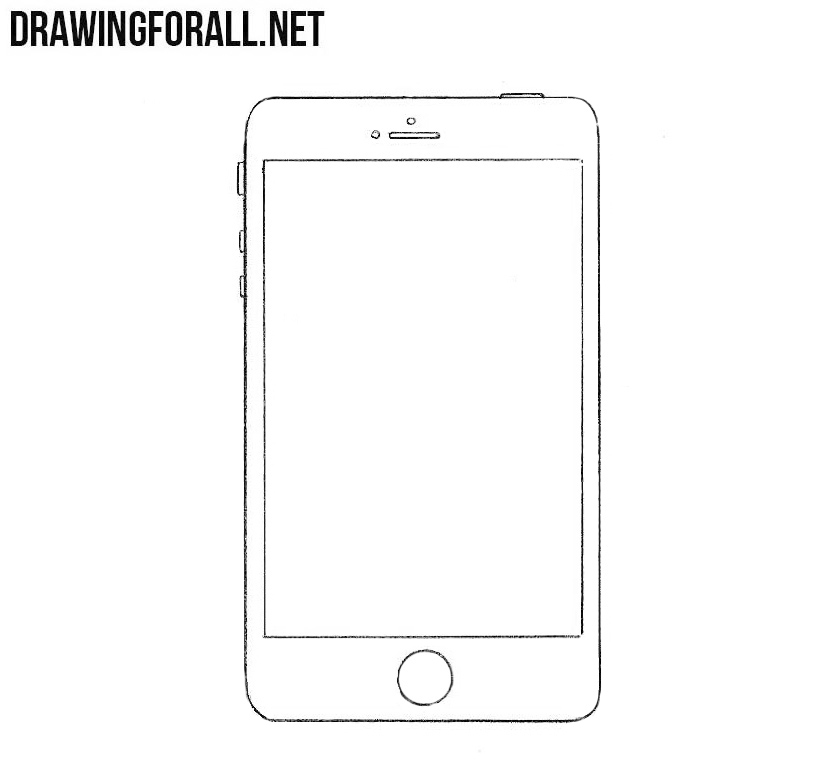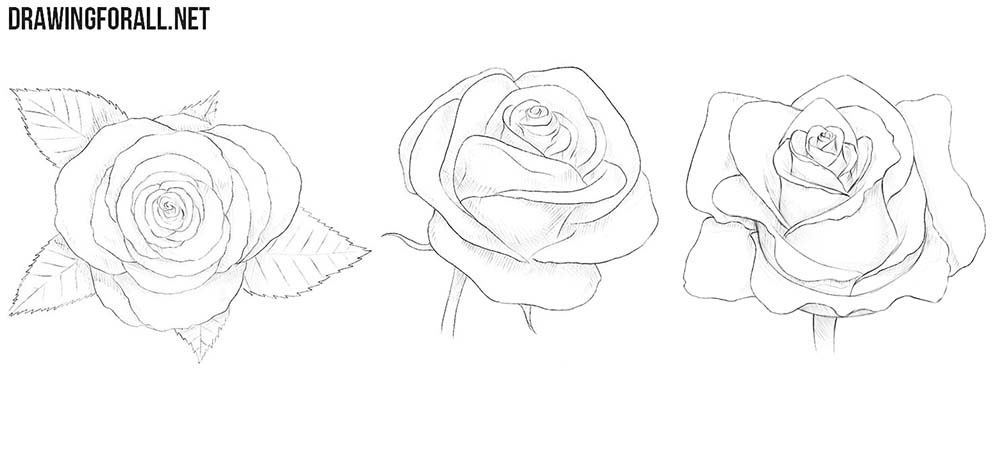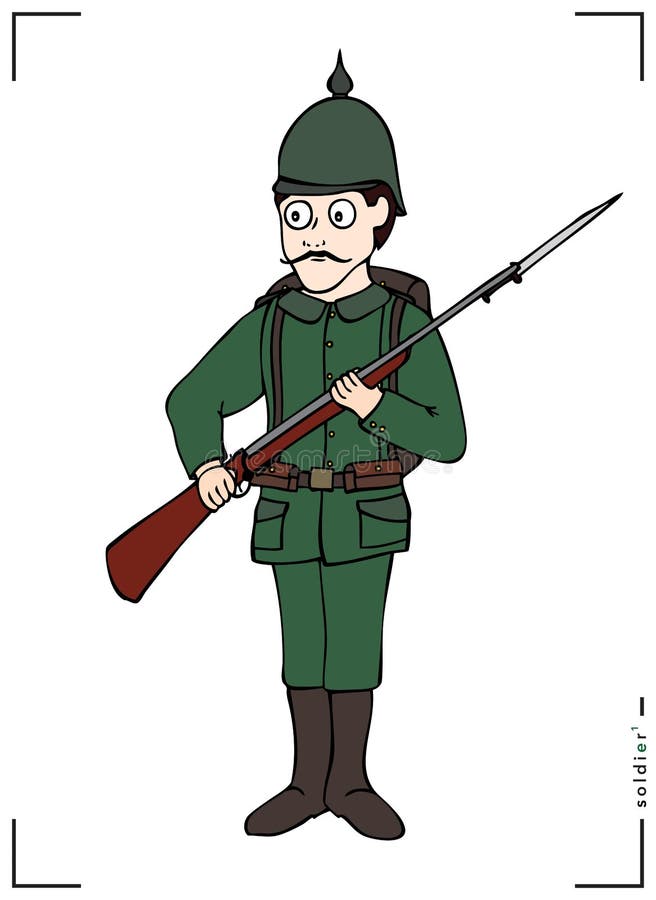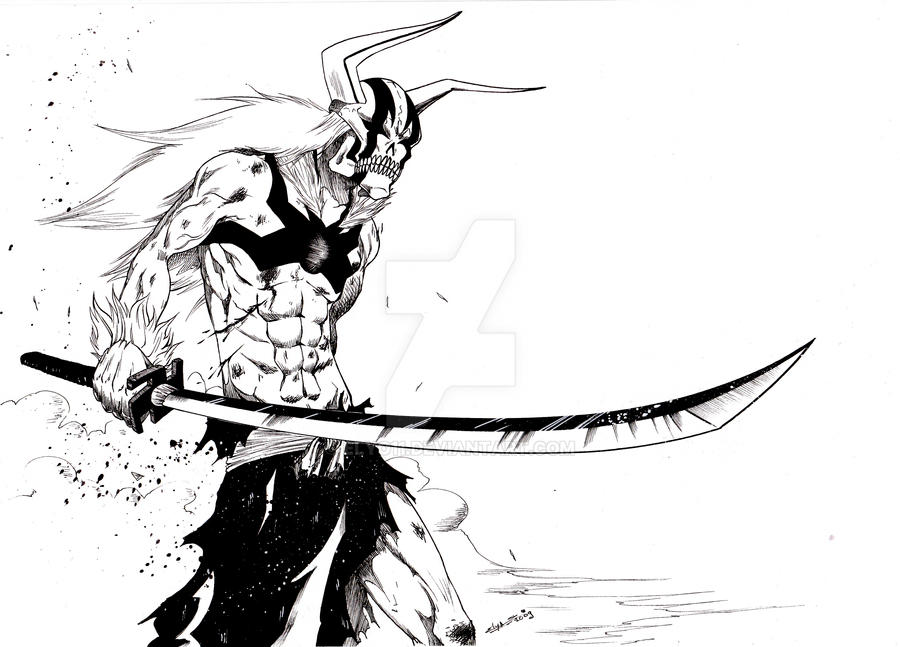Realistic ripples wasser r aliste drops auswirkungen scuro chiaro pinterify goutte smartdoglover fortags
Table of Contents
Table of Contents
Have you ever stared at a body of water and marveled at the way the light reflects off its surface in the form of ripples? If you’ve ever tried to draw these ripples with pencil, you know that it can be a challenge. But fear not! With a few simple techniques and some practice, you can master the art of drawing ripples in water with pencil.
The Pain Points of Drawing Ripples in Water with Pencil
Many artists struggle with capturing the movement and texture of water ripples on paper. Without the right techniques, your drawing can look flat and lifeless, failing to capture the rippling patterns and reflections that make water so captivating. Additionally, beginners may find it difficult to translate their observations of real-life water ripples into a drawing on paper.
How to Draw Ripples in Water with Pencil
The key to drawing realistic ripples in water is to understand the underlying structure of the waves and the way that light interacts with them. First, start with a light outline of the overall shape of the water. Then, use short, overlapping lines to create the texture of the ripples, being sure to vary the length, spacing, and direction of the lines to mimic the natural movement of water. Once you have the basic structure in place, you can begin to add shading and highlights to create the illusion of depth and movement.
Main Points of How to Draw Ripples in Water with Pencil
In summary, to draw ripples in water with pencil, you need to:
- Create an outline of the water shape
- Use short, overlapping lines to create the ripple texture
- Apply shading and highlights to create depth and movement
Techniques for Drawing Ripples in Water with Pencil
One approach to drawing water ripples is to start with a basic outline of the water shape, then use a kneaded eraser to lift out the areas that will form the ripples. This technique can help you create realistic-looking waves that have a sense of movement and fluidity. Another technique is to use cross-hatched lines to create the illusion of ripples, with darker lines representing areas of shadow and lighter lines representing areas of highlight.
 Personally, I find that using short, overlapping lines works well for capturing the texture of water ripples. It can be helpful to have a reference photo of water ripples to guide your drawing. Focus on the patterns that the ripples create, such as concentric circles or radiating lines. Vary the length, direction, and pressure of your lines to create a natural-looking texture. Don’t be afraid to layer multiple sets of lines on top of each other to build up the texture of the water.
Personally, I find that using short, overlapping lines works well for capturing the texture of water ripples. It can be helpful to have a reference photo of water ripples to guide your drawing. Focus on the patterns that the ripples create, such as concentric circles or radiating lines. Vary the length, direction, and pressure of your lines to create a natural-looking texture. Don’t be afraid to layer multiple sets of lines on top of each other to build up the texture of the water.
Common Mistakes to Avoid When Drawing Ripples in Water with Pencil
One common mistake when drawing water ripples is to create patterns that are too uniform and not random enough. Water ripples are constantly shifting and changing, so it’s important to capture that sense of motion in your drawing. Additionally, be careful not to overdo the shading and highlights, which can make your drawing look unrealistic or flat.
Tips for Drawing Realistic Water Ripples with Pencil
To draw realistic water ripples, pay close attention to your reference photo or real-life observation. Try to capture the subtle variations in color and texture that you see in the water, and be sure to vary the direction and pressure of your lines to mimic the natural flow of the waves.
Question and Answer
Q: Can I draw ripples in water with colored pencils?
A: Yes, you can certainly use colored pencils to draw water ripples. Follow the same techniques as you would with a graphite pencil, but use light, delicate strokes to build up the color slowly.
Q: How do I make my water look transparent?
A: To make your water look transparent, be sure to use light, delicate shading and avoid making the lines too heavy or harsh. Leave some areas of the paper showing through to create a sense of translucency.
Q: What kind of paper should I use to draw water ripples with pencil?
A: A heavier weight paper, such as watercolor paper, is recommended for drawing ripples in water with pencil. This will allow you to apply multiple layers of pencil without worrying about the paper buckling or tearing.
Q: Can I use a blending tool to blend my pencil lines together?
A: It’s generally not recommended to use a blending tool when drawing water ripples, as it can create a smudged or blurry effect. Instead, focus on building up the texture of the water with short, overlapping lines.
Conclusion of How to Draw Ripples in Water with Pencil
Drawing realistic water ripples with pencil is challenging, but with practice and knowledge of the techniques involved, you can create beautiful, lifelike drawings. Pay close attention to the patterns and movements of real-life water, and use a variety of lines, shading, and highlights to create a sense of depth and motion in your drawing.
Gallery
A Guide To Painting Ripples In The Ocean | Watercolor Paintings

Photo Credit by: bing.com / ripples painting ocean water watercolor paint drawing paintings easy wave draw step sea drawings realistic tutorials halfway waves tutorial watercolour
Water Ripples Drawing At GetDrawings | Free Download

Photo Credit by: bing.com / water ripples drawing genetic memory ancestors rippling getdrawings walking
How To Draw Water Ripples Sketches 16 New Ideas #howto | Realistic

Photo Credit by: bing.com / realistic ripples wasser réaliste drops auswirkungen scuro chiaro pinterify goutte smartdoglover fortags
Water Ripples Drawing At GetDrawings | Free Download

Photo Credit by: bing.com / water draw ripples drawing pencil boat step shade getdrawings reflection body
Water Ripple - Pencil Study | Water Art, Water Drawing, Drawings

Photo Credit by: bing.com / water ripple pencil study ripples rhi lou drawing draw deviantart choose board wave





